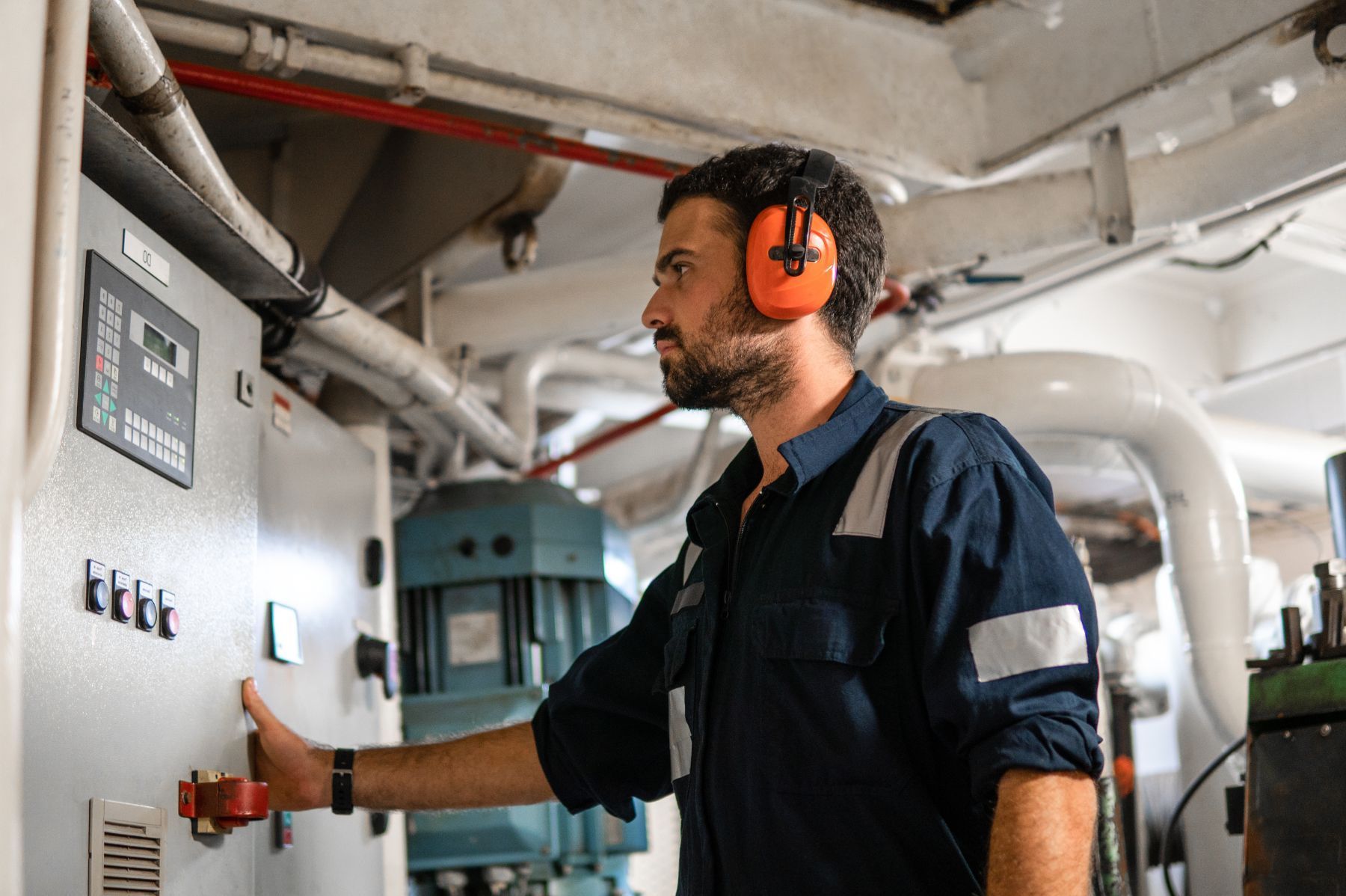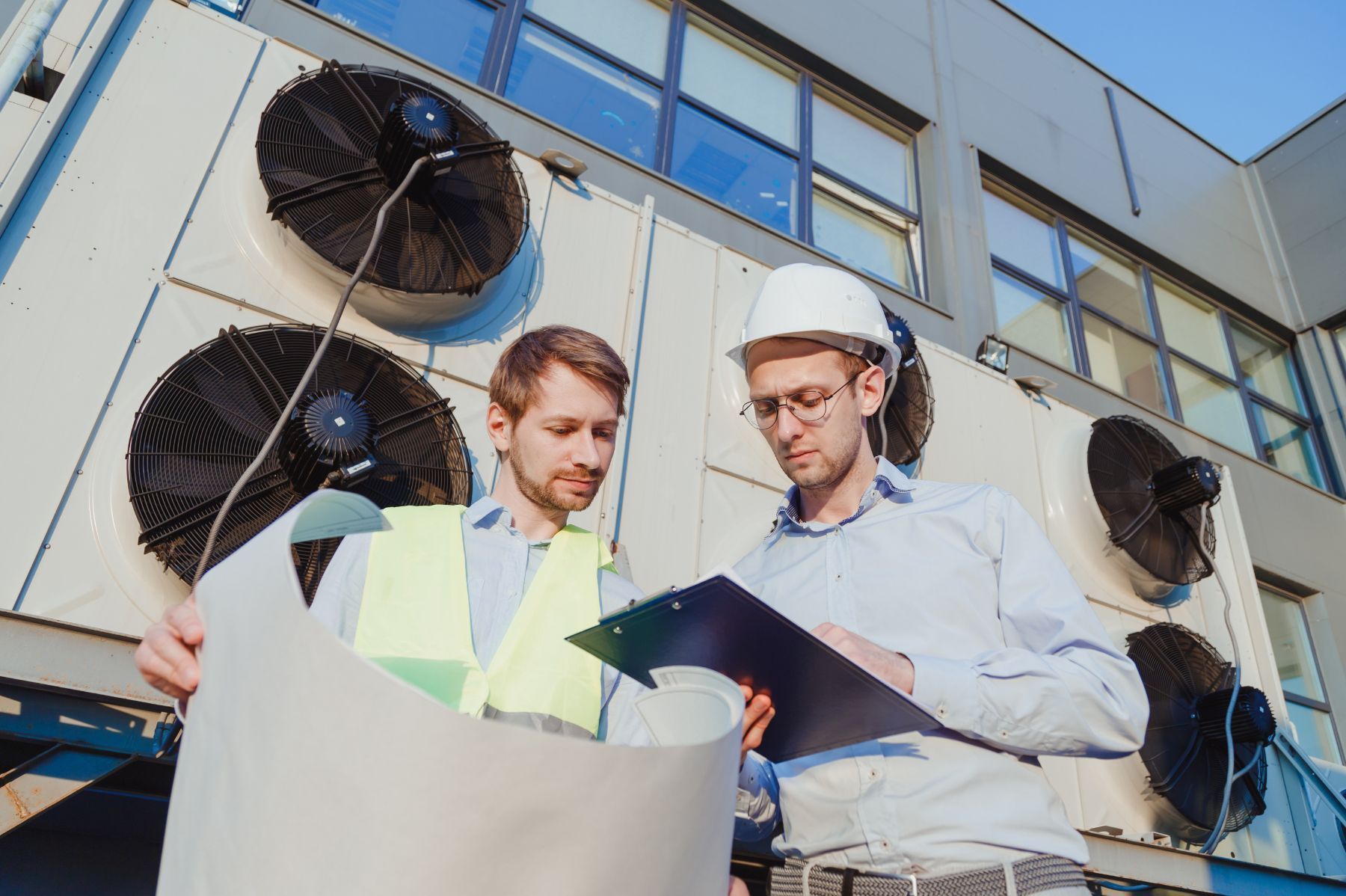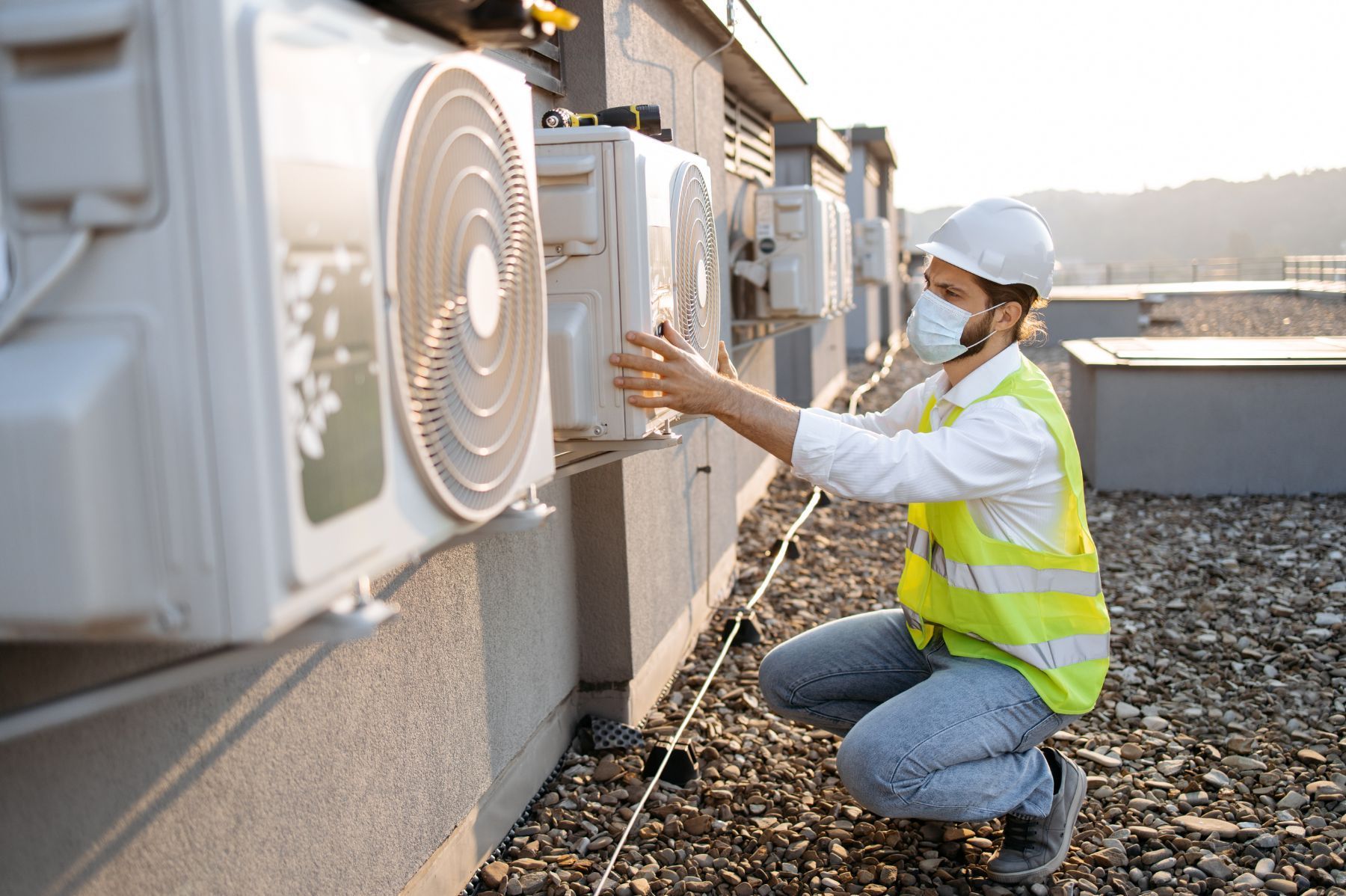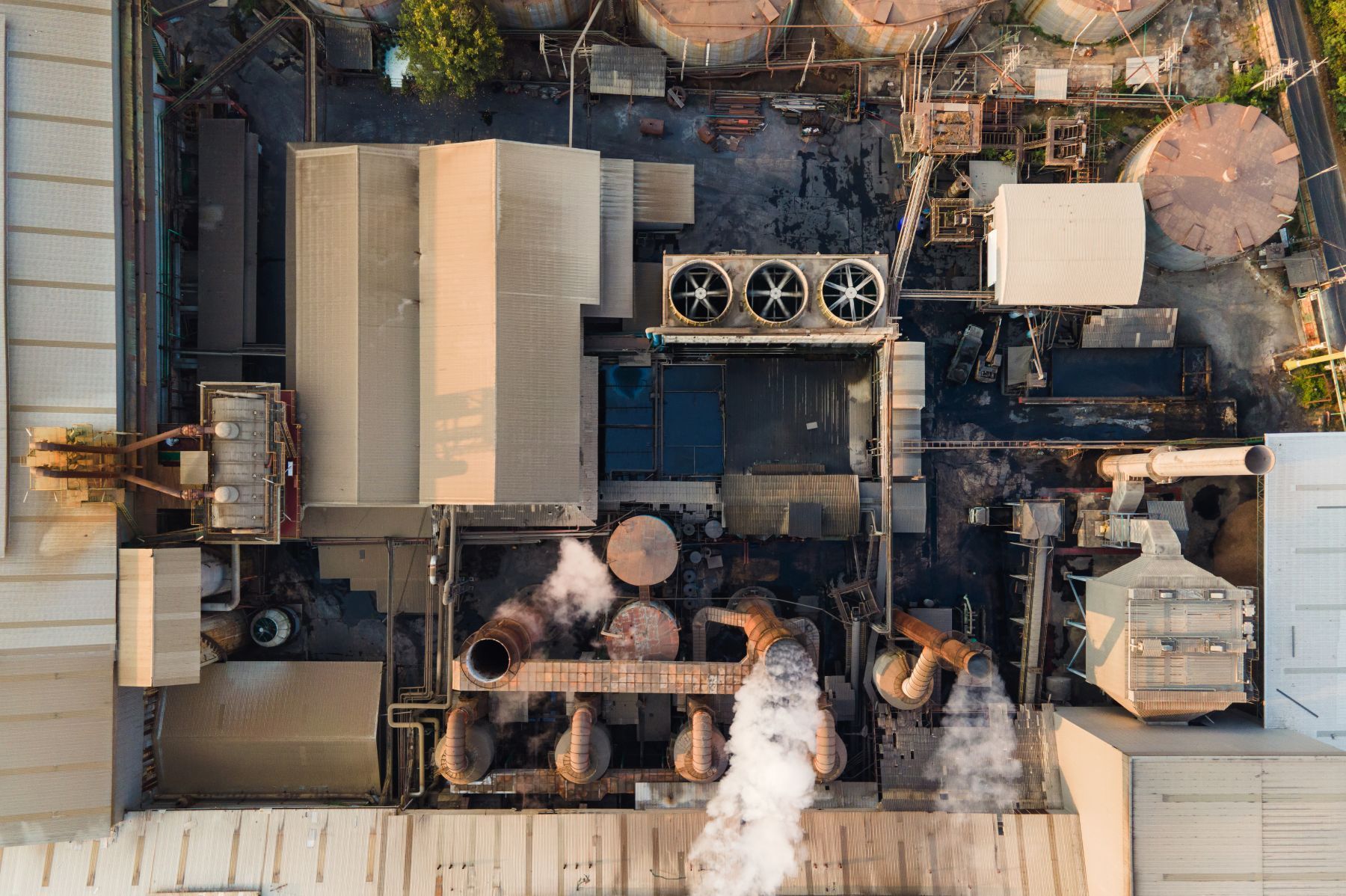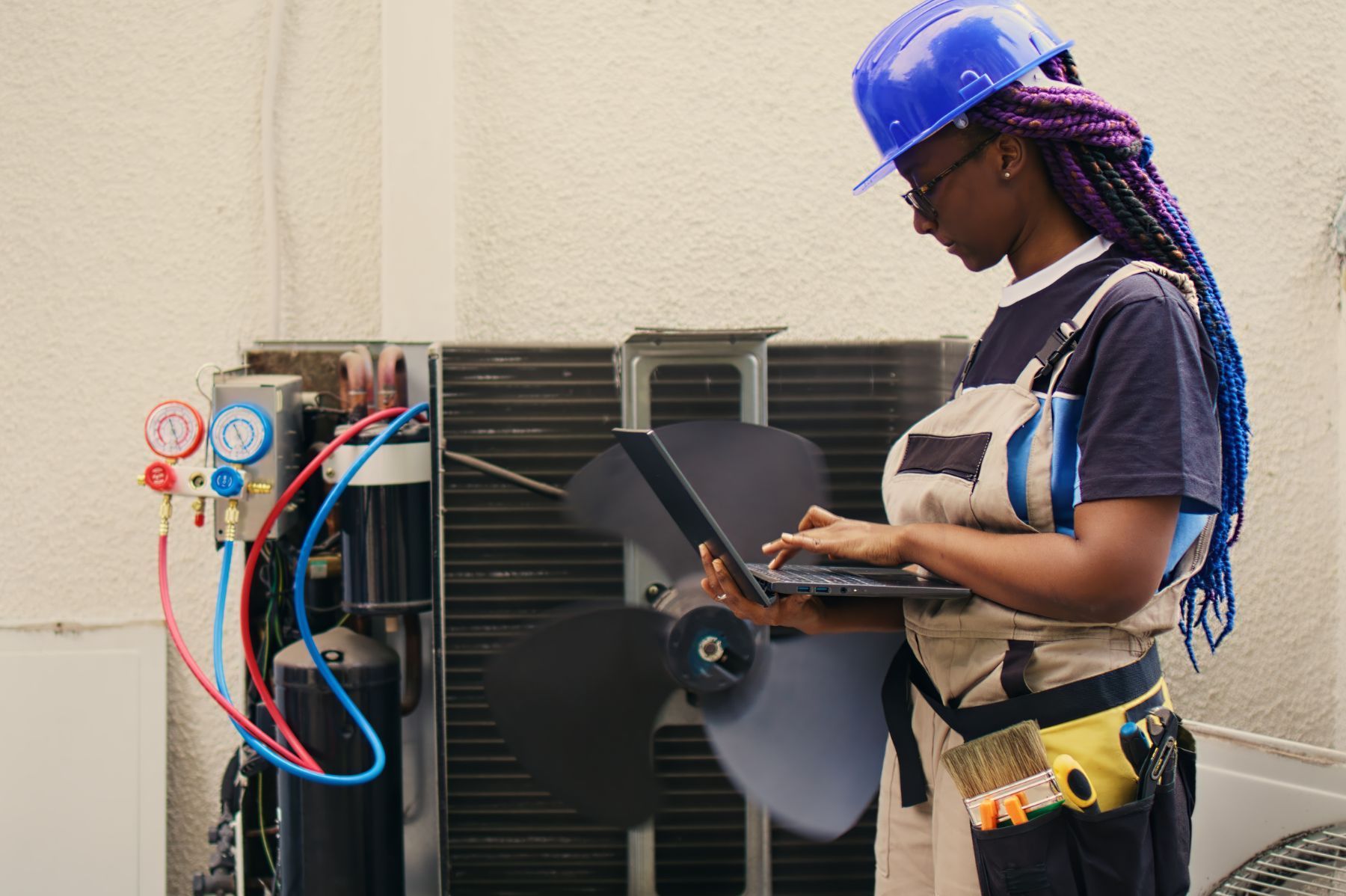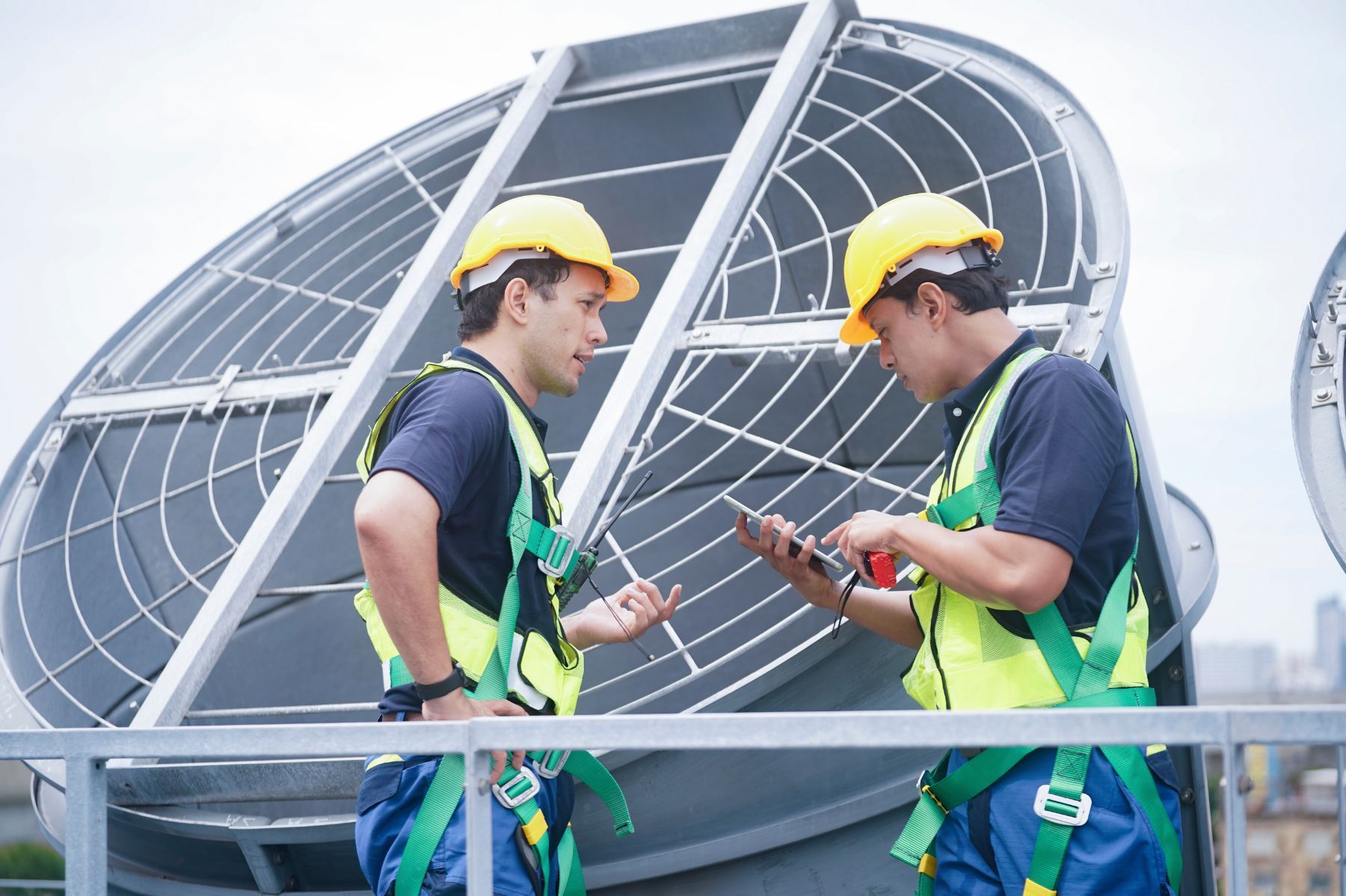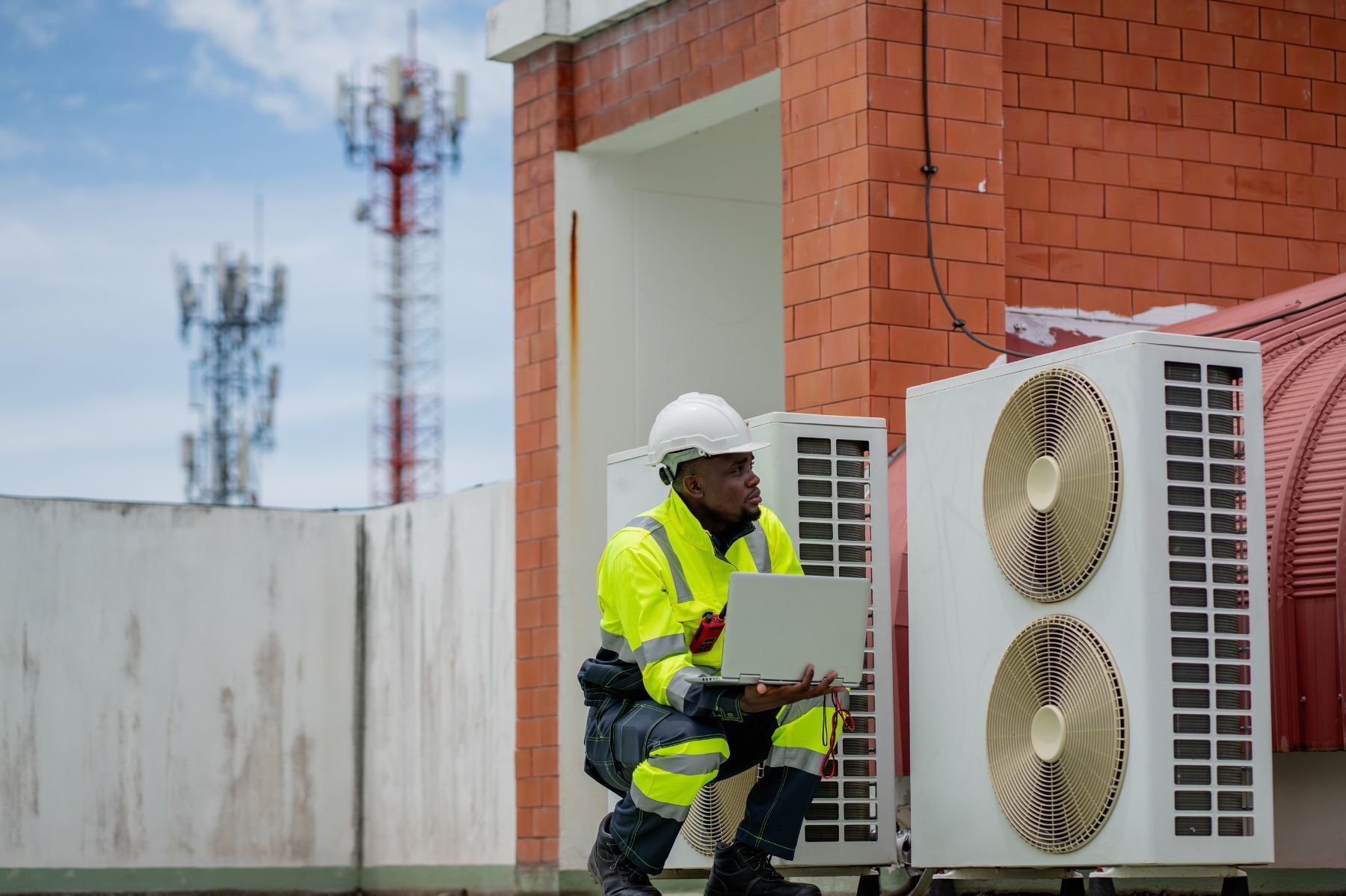The 2025 HVAC Insurance Market Outlook: What Contractors Should Expect
See How We're Different
or call us: (469) 678-8001

The HVAC industry is on the brink of significant transformation as it approaches 2025. Contractors operating within this space must navigate evolving market dynamics, regulatory changes, technological advancements, and shifting insurance landscapes. Understanding these factors is essential for HVAC professionals aiming to mitigate risks, optimize coverage, and stay competitive in a rapidly changing environment.
With the global HVAC system market projected to grow from $182.15 billion in 2024 to $189.81 billion in 2025 at a steady compound annual growth rate (CAGR) of 4.2%, the industry’s expansion brings both opportunities and challenges. Contractors need to be aware of the implications this growth has on insurance policies and risk management strategies. For a deeper dive into these market projections, visit thebusinessresearchcompany.com.
Market Growth and Its Impact on Insurance Needs
The HVAC market’s steady growth signals increased demand for installation, maintenance, and repair services. This expansion naturally leads to a higher volume of insured projects and equipment, which in turn influences insurance underwriting and premium calculations. As contractors take on more projects, insurers will scrutinize risk profiles more closely, particularly regarding the quality of workmanship and adherence to safety standards.
Moreover, the projected market size reaching $254.07 billion by 2029, driven by globalization and net-zero building initiatives, means contractors must prepare for long-term shifts in insurance requirements. These include coverage for emerging technologies and environmentally friendly refrigerants, which may carry unique risks and liabilities. The integration of renewable energy sources into HVAC systems further complicates insurance considerations, requiring tailored policies that address these innovations.
Contractors should engage proactively with insurers to ensure their policies reflect the evolving scope of their services and the technologies they deploy. This approach will help avoid coverage gaps and unexpected liabilities as the market continues to expand.
In addition to adapting to new technologies, contractors must also consider the implications of regulatory changes that accompany market growth. As governments worldwide implement stricter environmental regulations, HVAC contractors will need to stay informed about compliance requirements that affect their operations and insurance needs. For instance, the use of low-GWP (Global Warming Potential) refrigerants is becoming mandatory in many regions, necessitating not only technical training but also insurance policies that cover potential liabilities associated with these new substances. Failure to comply with such regulations could lead to significant financial repercussions, making it essential for contractors to maintain an open dialogue with their insurers about these evolving standards.
Furthermore, the rise of smart HVAC systems, which utilize IoT (Internet of Things) technology for enhanced efficiency and control, introduces additional layers of complexity to insurance coverage. These systems can be vulnerable to cyber threats, which necessitates a re-evaluation of traditional liability policies. Contractors may need to seek specialized cyber liability insurance to protect against data breaches or system failures that could arise from these interconnected devices. Understanding the full spectrum of risks associated with smart technology will be crucial for contractors aiming to safeguard their businesses and maintain competitive advantage in a rapidly changing market.
Regulatory Changes and Compliance Challenges
Regulatory developments are set to reshape the HVAC landscape significantly in 2025. Notably, the U.S. Department of Energy’s decision to raise the minimum Seasonal Energy Efficiency Ratio (SEER) ratings—moving from 13.0 to 14.0 in northern states and from 14.0 to 15.0 in southern states—will impact equipment specifications and installation standards. These changes aim to improve energy efficiency but also introduce new compliance requirements for contractors.
Insurance providers will likely adjust their underwriting criteria to account for these regulations. Non-compliance with updated SEER standards could lead to denied claims or increased premiums, emphasizing the importance of staying current with industry mandates. Contractors should invest in training and certification programs to ensure their teams understand and implement these new standards effectively.
Moreover, the shift towards higher efficiency ratings is not merely a regulatory hurdle; it represents a broader movement towards sustainability in the HVAC industry. As consumers become increasingly aware of their carbon footprints, there is a growing demand for energy-efficient systems that not only save money on utility bills but also contribute to environmental conservation. This trend is pushing manufacturers to innovate and develop advanced technologies that meet or exceed the new SEER requirements, such as variable-speed compressors and smart thermostats that optimize energy use.
Additionally, the implications of these regulatory changes extend beyond just compliance and insurance. They will likely influence market dynamics, with a potential shift in consumer preferences towards brands that prioritize energy efficiency and sustainability. This could lead to heightened competition among HVAC contractors, as those who adapt quickly to the new regulations may gain a competitive edge. As such, staying informed about regulatory updates and investing in the latest technologies will be crucial for contractors looking to thrive in this evolving landscape. For a detailed overview of these regulatory shifts, see the analysis at scottmax.com.
Technological Advancements and Insurance Implications
The rise of smart HVAC systems is transforming how contractors design, install, and maintain equipment. The global smart HVAC controls market is expected to more than double from $8.3 billion in 2021 to $17.1 billion by 2026, reflecting a CAGR of 15.6%. This rapid adoption of connected and intelligent HVAC solutions introduces new layers of complexity regarding cybersecurity risks, system reliability, and liability coverage.
Insurance policies will need to evolve to cover potential losses stemming from technology failures, data breaches, or integration issues. Contractors must work closely with insurers to understand what is covered under existing policies and where additional endorsements or specialized coverage might be necessary. This collaboration ensures that risks associated with advanced HVAC controls are adequately managed.
Additionally, the widespread investment in generative AI capabilities by insurers—reported at 99% in 2024—suggests that underwriting processes are becoming more data-driven and precise. AI-powered risk assessments could benefit contractors with strong safety records and compliance histories by potentially lowering premiums or streamlining claims processing. More on these technological trends can be found at irmi.com.
Furthermore, the integration of IoT (Internet of Things) devices within HVAC systems not only enhances energy efficiency but also provides real-time monitoring capabilities. These advancements allow for predictive maintenance, which can significantly reduce downtime and operational costs. By leveraging data analytics, contractors can identify potential issues before they escalate into costly repairs, thus improving overall system reliability. This proactive approach not only benefits the contractors but also enhances customer satisfaction, as clients experience fewer disruptions and improved system performance.
The implications of these technological shifts extend beyond just operational efficiencies; they also impact regulatory compliance and environmental standards. As governments worldwide push for greener technologies and stricter emissions regulations, HVAC contractors must adapt their practices accordingly. Insurers will likely need to consider these evolving compliance landscapes when crafting policies, ensuring that contractors are protected against liabilities associated with non-compliance or environmental damage. This dynamic interplay between technology, regulation, and insurance will shape the future of the HVAC industry in profound ways.
Addressing the Technician Shortage and Workforce Development
The HVAC industry faces a critical shortage of skilled technicians, projected to reach 225,000 by 2025. This shortage has direct implications for insurance risk, as understaffed or undertrained teams may increase the likelihood of errors, accidents, or subpar installations. Insurers are increasingly attentive to workforce quality when evaluating risk profiles and determining coverage terms.
In response, many companies are investing heavily in workforce development, including enhanced training programs and partnerships with educational institutions. These initiatives not only help bridge the technician gap but also improve overall jobsite safety and workmanship quality, which can positively influence insurance premiums and claims outcomes. For instance, companies that implement rigorous training protocols often report a decrease in workplace incidents, which can lead to lower insurance costs over time. Additionally, fostering a culture of safety and continuous learning can enhance employee morale and retention, creating a more stable workforce.
Contractors should prioritize continuous education and certification for their staff, demonstrating to insurers a commitment to reducing risks associated with human error. This proactive stance can be a key differentiator in securing favorable insurance terms. Furthermore, embracing technology in training, such as virtual reality simulations and online learning platforms, can provide technicians with hands-on experience in a controlled environment, preparing them for real-world challenges. As the industry evolves, staying ahead of technological advancements and integrating them into training programs will be essential for attracting new talent and retaining skilled workers. Learn more about industry efforts to combat this shortage at
zerohvacr.com.
Climate Change and Its Growing Influence on HVAC Insurance
Climate change is increasingly factored into insurance risk models, especially for industries like HVAC that are both impacted by and contribute to environmental conditions. A recent study introducing a climate-dependent Dynamic Financial Analysis (DFA) approach highlights how insurers are integrating climate risk into their financial assessments, affecting coverage availability and pricing.
For HVAC contractors, this means that insurance providers may scrutinize environmental factors such as regional climate vulnerabilities, equipment resilience to extreme weather, and the adoption of sustainable practices. Contractors who invest in green technologies and demonstrate environmental responsibility may find it easier to negotiate favorable insurance terms.
Understanding these climate-related insurance dynamics is crucial for contractors aiming to future-proof their businesses. The study can be reviewed in detail at arxiv.org.
Moreover, the implications of climate change extend beyond just insurance costs; they can also influence the overall operational strategies of HVAC businesses. As extreme weather events become more frequent, HVAC contractors may need to adapt their service offerings to address the increasing demand for energy-efficient solutions that can withstand harsh conditions. This shift not only enhances the resilience of their services but also aligns with the growing consumer preference for eco-friendly options, thereby opening new avenues for business growth.
Additionally, the integration of smart technologies into HVAC systems presents an opportunity for contractors to leverage data analytics in their operations. By utilizing advanced monitoring systems, contractors can better predict equipment failures and optimize maintenance schedules, which can lead to reduced operational costs and improved customer satisfaction. As insurers begin to recognize the value of such innovations, HVAC contractors who embrace these technologies may find themselves in a more favorable position when it comes to securing insurance coverage and managing risk in an increasingly unpredictable climate landscape.
Preparing for the Future: Strategic Recommendations for Contractors
As the HVAC insurance market evolves, contractors must adopt a strategic approach to risk management and insurance procurement. Key recommendations include:
- Stay Informed on Regulatory Updates: Regularly monitor changes in energy efficiency standards and compliance requirements to avoid coverage gaps.
- Invest in Workforce Training: Address technician shortages by enhancing training programs, which can reduce risk and improve insurance terms.
- Embrace Technological Integration: Understand the insurance implications of smart HVAC controls and AI-driven risk assessments.
- Engage with Insurers Early: Collaborate with insurance providers to tailor coverage that reflects evolving market and technological realities.
- Focus on Sustainability: Incorporate environmentally friendly practices to align with climate risk considerations in insurance underwriting.
By proactively addressing these areas, HVAC contractors can better navigate the complexities of the 2025 insurance market and position themselves for sustainable growth. Furthermore, it is essential for contractors to foster strong relationships within their local communities. Building a reputation as a reliable and responsible contractor can lead to increased customer loyalty and referrals, which are invaluable in a competitive market. Engaging in community initiatives not only enhances brand visibility but also demonstrates a commitment to corporate social responsibility, which can resonate positively with both clients and insurers alike.
Additionally, contractors should consider leveraging data analytics to gain insights into their operational performance and risk exposure. By analyzing historical data and trends, contractors can make informed decisions that enhance their risk management strategies. This data-driven approach can help identify potential areas of concern before they escalate into larger issues, ultimately leading to more favorable insurance terms and conditions. As the industry continues to innovate, those who harness the power of data will likely find themselves at a competitive advantage, ready to adapt to the changing landscape of HVAC services and insurance needs.
Conclusion
The 2025 HVAC insurance market outlook presents a landscape shaped by growth, innovation, and regulatory change. Contractors who understand these dynamics and adapt accordingly will gain a competitive edge while safeguarding their operations against emerging risks. From embracing smart technologies to addressing workforce challenges and aligning with new energy efficiency standards, the path forward requires vigilance and strategic planning.
Staying connected with industry insights and leveraging partnerships with insurers will be critical as the HVAC market continues its upward trajectory. The evolving insurance environment, influenced by technological advancements and climate considerations, demands that contractors remain agile and informed to protect their businesses and capitalize on new opportunities.

